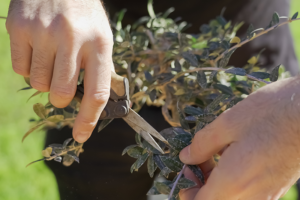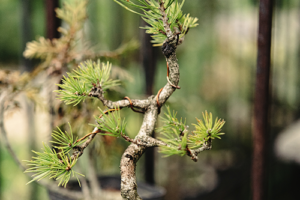YouTube
🌿 Stunning Bonsai Display | Zen Home Decor ✨ | #shorts
Creating a bonsai tree is a rewarding hobby that combines the art of horticulture with the principles of aesthetics and mindfulness. Bonsai trees are miniature versions of full-sized trees, grown in pots or containers and trained to mimic the shape and form of their larger counterparts. While creating a bonsai tree may seem like a daunting task, with a little patience and the right knowledge, anyone can learn to create and care for these beautiful plants.
To create a bonsai tree, you’ll need to start with a suitable tree or shrub species. Some popular choices for bonsai include junipers, pines, maples, and elms. It’s important to choose a species that is well-suited to your climate and growing conditions.
Once you have chosen a tree species, you’ll need to obtain a young tree or plant. You can start with a seedling, propagate a tree from cuttings, or purchase a young tree from a nursery. If you choose to purchase a tree, make sure it is a species that is suitable for bonsai and is small enough to fit in the pot you have selected.
Next, you’ll need to choose a pot for your bonsai tree. Bonsai pots come in a variety of sizes, shapes, and materials, and the right pot will depend on the size and style of your tree. Make sure the pot has drainage holes to prevent the roots from sitting in standing water.
Once you have your tree and pot, it’s time to plant the tree. Begin by adding a layer of bonsai soil mix to the bottom of the pot and then gently place the tree in the pot, making sure the trunk is centered. Add more soil mix around the roots, tamping it down gently to remove any air pockets. Water the tree thoroughly after planting to help the soil settle around the roots.
Now that your tree is planted, it’s time to start training it into the desired shape. Bonsai trees are trained using a variety of techniques, including pruning, wiring, and shaping with tools such as bonsai scissors and concave cutters.
Pruning is an essential part of bonsai training and involves removing unwanted or excess branches and foliage to shape the tree. It’s important to prune regularly to maintain the desired shape of the tree and to encourage new growth.
Wiring is another common technique used to shape bonsai trees. This involves wrapping wire around the branches to bend and shape them into the desired position. Wiring should be done carefully to avoid damaging the branches, and the wire should be removed once the branch has set in the desired position.
Shaping with bonsai scissors and concave cutters is another way to train your bonsai tree. These tools allow you to precisely trim and shape the branches and foliage to create the desired shape.
In addition to training, bonsai trees also require proper care to thrive. This includes watering, fertilizing, and repotting. Bonsai trees should be watered deeply, but not too frequently. Overwatering can lead to root rot, while underwatering can cause the tree to become stressed. Use a balanced bonsai fertilizer and follow the recommended application rate on the label. Repotting is also an essential part of bonsai care and should be done every few years to allow the tree to continue growing and maintain the desired shape.
Creating a bonsai tree can be a rewarding and meditative hobby that allows you to connect with nature and cultivate a sense of mindfulness. With patience, care, and the right knowledge, anyone can learn to create and care for these beautiful miniature trees.







Leave a Reply
Your email is safe with us.
You must be logged in to post a comment.